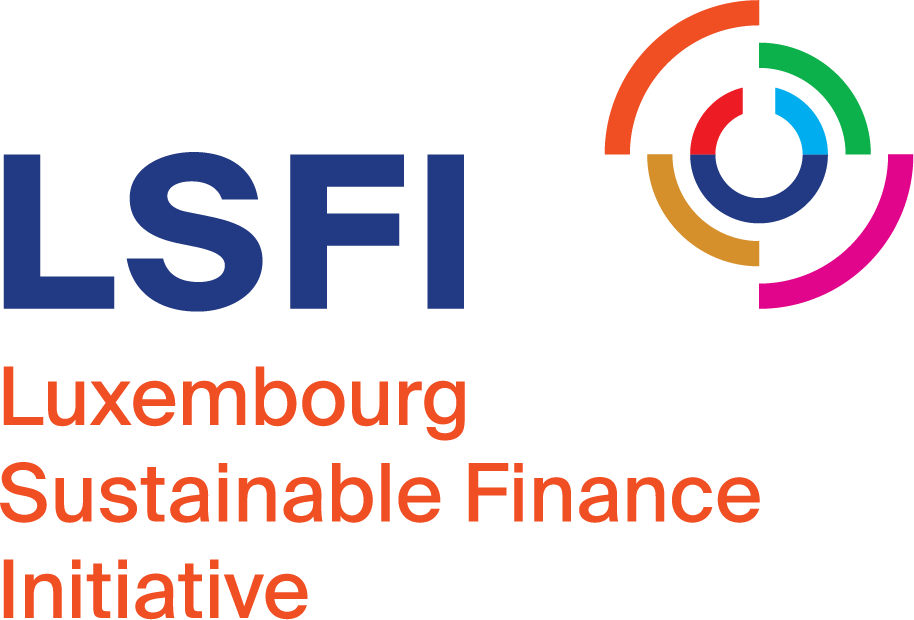Among the various sustainable finance strategies, stewardship stands out as a way to directly engage with investee companies, pushing to meet sustainability objectives. It is also considered one of the most effective method to ensure that sustainable investments have a positive impact on the real economy.
This month, we spoke with Katja Brunner, Director of Legal & Regulatory at Swiss Sustainable Finance. She explained what stewardship is, its main added values, and its challenges, as well as introduced the Swiss Stewardship Code. Katja will also be joining the LSFI Summit on September 18th & 19th, and will present during the Stewardship masterclass (more information here)
LSFI: What is stewardship?
Katja Brunner (KB): Stewardship, also known as active ownership, is a sustainable investment approach where investors engage with and influence the entities, they invest in to foster long-term financial, environmental, and societal value. Therefore, stewardship activities aim to achieve positive and sustainable outcomes through collaboration and interaction with investee entities. Key aspects of such activities include engagement and voting. Engagement means that investors engage with investee entities management and boards to discuss and address material issues, such as corporate governance, environmental practices, social impacts, and long-term strategy. Voting means that investors exercise their voting rights at shareholder meetings to influence corporate policies and practices, supporting proposals that align with sustainable and responsible investment principles. In practice, asset managers either combine engagement and voting or focus on one of them.
LSFI: What is the biggest added value of stewardship? And the biggest challenge?

Katja Brunner, Director Legal & Regulatory, Swiss Sustainable Finance
KB: Stewardship aims to promote sustainable business practices, enhance corporate performance, and mitigate risks, ultimately benefiting both investors and society as a whole. By fostering responsible corporate behaviour, stewardship helps build resilient and sustainable economies. In addition, in the long term, the active exercising of voting rights and an active engagement strategy can also improve the company’s performance and have a positive effect on the risk/return profile generated by the investments. Furthermore, enhanced comparability and transparency of stewardship activities can significantly boost confidence in sustainable investments.
Many investors commonly delegate the implementation of stewardship activities due to their time and resource-intensive nature. One of the biggest challenges in this practice is ensuring ongoing constructive collaboration and coordination between asset owners, asset managers, and service providers. To address this, investors should ensure that delegated stewardship activities align with their own investment beliefs, stewardship policy, and strategy. This can be achieved through transparency and reporting. Despite the delegation, investors remain responsible and accountable for the effectiveness of the delegated activities.
LSFI: How can stewardship coexist with other sustainable finance investment strategies? And if so, is there a usual approach which is more common?
KB: Sustainable investment approaches aim to meet a variety of goals beyond financial returns. These goals include improving the risk/return profile generated by the investments (financial performance goal), aligning investments with the investors’ values and norms (values alignment goal) or contributing to a positive change in the economy, in society and for the environment (positive change goal). Such goals are not mutually exclusive and can be pursued simultaneously. Stewardship, by its nature, significantly contributes to the goal of positive change while also enhancing financial performance. To achieve specific sustainability objectives, investors must select sustainable investment approaches that align with their goals. The credibility of these approaches hinges on transparency and reporting, which are essential for maintaining investor confidence and ensuring accountability.
LSFI: What is the Swiss Stewardship Code and why developing a code?
KB: The increased pressure on companies and investors to engage in sustainable practices reflects a broader societal demand for greater environmental and social responsibility. This movement is gaining momentum as stakeholders across various sectors recognize the critical role of stewardship in driving sustainable development. Swiss Sustainable Finance (SSF) and the Asset Management Association Switzerland (AMAS) have responded to this demand by developing a Swiss Stewardship Code. The code is the result of a collaborative effort involving asset owners, asset managers, and service providers aiming to help Swiss financial players in articulating responsibly and transparently their sustainability goals to companies, encouraging them to adopt more sustainable business models and create long-term value. The code includes nine stewardship principles and describes the most important elements for effective and successful implementation. It is aligned with the Global Stewardship Principles of the International Corporate Governance Network (ICGN), the Principles for Responsible Investment (PRI) and the UK Stewardship Code, which together set an international benchmark for investors’ stewardship activities.





